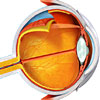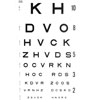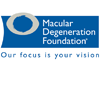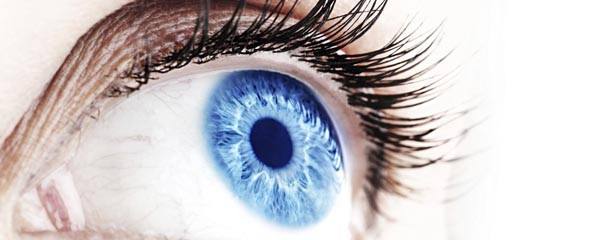Macular Degeneration: Overview
- Macular degeneration
- Anatomy of the eye
- Diabetes and eye diseases
- Smoking and macular degeneration
- Nutrition and macular degeneration
- Exercise and eye health
- Eye examinations
- How to have healthy eyes
- Supportive care
Macular degeneration
 | Macular degeneration is characterised by loss of central, high acuity vision, that is, the vision that is used for tasks that require sharp focus, including reading, writing and driving, and can lead to blindness. |
For more information, see Macular Degeneration.
Anatomy of the eye
 | The eye is the organ that allows us to see. The eyeball itself is a sphere spanning approximately 24 mm in diameter. It is suspended in the bony socket by muscles controlling its movements, and is partially cushioned by a thick layer of fatty tissue that protects it during movement within the skull. |
For more information, see Anatomy of the Eye.
Diabetes and eye diseases
 | Diabetes is common, chronic condition that affects the body’s ability to control sugar levels. This can be due to autoimmune damage to the pancreas (Type 1 diabetes), or due to decreased effects of insulin due to poor diet, such as in the much more common Type 2 diabetes. Both these types of diabetes are associated with a wide range of complications, such as kidney disease or diabetic eye diseases. |
For more information, see Diabetes and Eye Diseases.
Smoking and macular degeneration
 | There is an increased risk of a number of eye disorders, not only in those who smoke, but also in those who are frequently exposed to tobacco smoke. Smoking is a clearly established risk factor for age-related macular degeneration, and may actually cause the condition. |
For more information, see How Smoking Affects Eye Health.
Nutrition and macular degeneration
 | The eyes, like all other organs of the body, depend upon nutrients, vitamins and minerals, to maintain their health and proper function. A number of dietary factors influence the progression of age-related macular degeneration. |
For more information, see Eye Health and Nutrition.
Exercise and eye health
 | The role of exercise in protecting eye health is relatively unknown in the general population and scientific studies. However, available evidence suggests that regular physical activity reduces the risk of a number of eye disorders, including age-related macular degeneration. |
For more information, see Exercise and Eye Health.
Eye examinations
 | An eye examination, also known as visual field testing, is the process of having the eyes examined for visual field defects or for monitoring changes in vision. Having the eyes examined regularly is the best way to detect vision changes and ensure that the conditions underlying changes in vision are diagnosed early. |
For more information, see Eye Examinations.
How to have healthy eyes
 | Eyes can be damaged if they are exposed to too much light, toxic substances such as chemicals in cosmetic products, or certain environmental hazards. There are many ways in which the eyes can potentially be damaged, but also many preventative measures that can be taken to protect against eye diseases and/or disorders. |
For more information, see How to Have Healthy Eyes.
Supportive care
The Macular Degeneration Foundation
 | The Macular Degeneration Foundation is a charity organisation committed to reducing the incidence and impact of macular degeneration in Australia. The Mission of the MDF is to provide support, advocacy and accurate information to individuals, parents, families and all people affected by macular degeneration. |
For more information on this group, see The Macular Disease Foundation.
Dates
Tags
Created by:

 Login
Login














